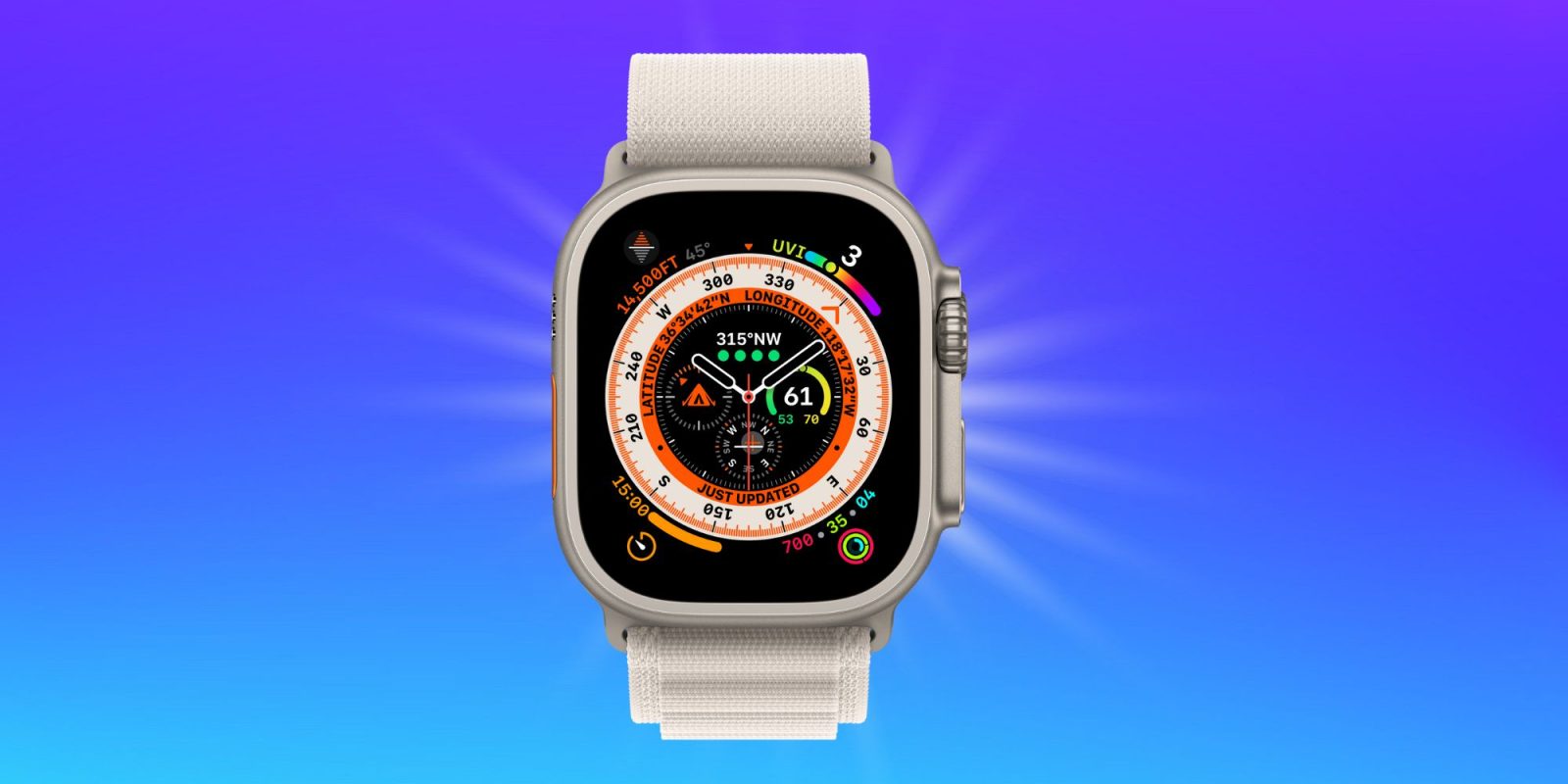
Apple’s moonshot technology for wearables, its noninvasive blood glucose monitor, may be a bit further away than we had hoped, with Bloomberg‘s Mark Gurman predicting another three to seven years before the functionality becomes available on the Apple Watch.
In his latest “Power On” newsletter, Gurman writes that Apple “still needs to perfect the algorithms and on-board sensors” before the technology is ready to market, and that Apple needs to “shrink it down to the size of a module that can fit in the small and thin package that is an Apple Watch.”
Still, it’s a thrilling idea for anyone managing diabetes, or at risk of the disease, in that the micro-size technology could apparently match the accuracy levels of readings from a standard blood test, without any hassle or pain from repeated finger pricking.
Back in February, Gurman wrote about the new technology, the cumulation of at least 12 years of effort from hundreds of engineers hoping to bring the moonshot idea, originally dreamed up by Steve Jobs, to life.
Still the current prototype is apparently too large, taking up the better part of a tabletop. Engineers are now working to reduce the size to something equivalent to an iPhone, and then work to reduce that further from there to squeeze it into an Apple Watch – a process Gurman predicts will take anywhere from three to seven years.
The technology works differently from attempts by other companies in that it relies on optical sensors beamed through the skin to read blood glucose levels. Here’s more on how it works:
Apple is taking a different approach, using a chip technology known as silicon photonics and a measurement process called optical absorption spectroscopy. The system uses lasers to emit specific wavelengths of light into an area below the skin where there is interstitial fluid — substances that leak out of capillaries — that can be absorbed by glucose. The light is then reflected back to the sensor in a way that indicates the concentration of glucose. An algorithm then determines a person’s blood glucose level.
The glucose system will rely on a slate of Apple-designed silicon photonics chips and sensors. The company tapped Taiwan Semiconductor Manufacturing Co. to build the main chip to power the feature.
So far, Apple, which has hidden this project under a code name for years, has tested the technology on hundreds of people over the past decade in highly secretive trials, using people who don’t know they are diabetic, as well as those with pre-diabetes and Type 2 diabetes.
Apple reportedly plans to market the feature as a health and wellness product, and wants to “create a preventative measure that warns people if they’re prediabetic.” It’s no surprise either that Apple has already been in talks regarding government approval.
Our colleagues at 9to5Mac are sure to be closely following new developments, and we’ll keep you posted here on Connect the Watts for any updates.
FTC: We use income earning auto affiliate links. More.



Comments